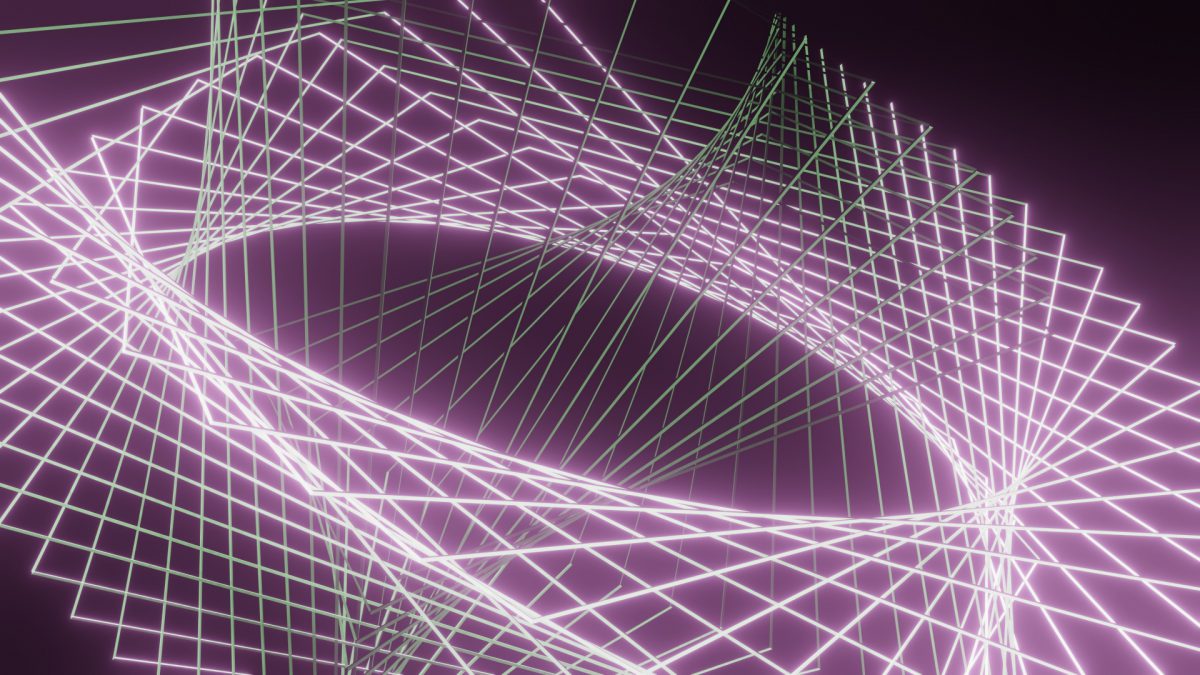As Blender continues to grow in popularity and becomes even more of an industry standard in production studios, being adaptable to other production workflows and pipelines is an absolute necessity. Especially, since many studios rely on multiple 3D applications to produce their work and need the ability to exchange scene description data between applications. Fortunately, …










